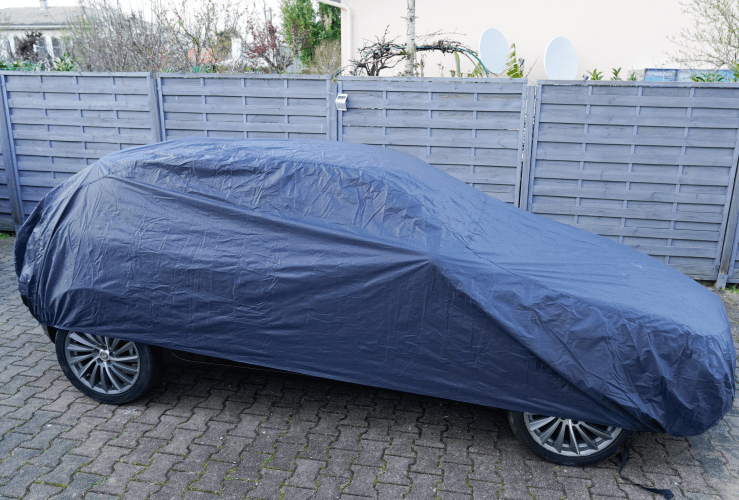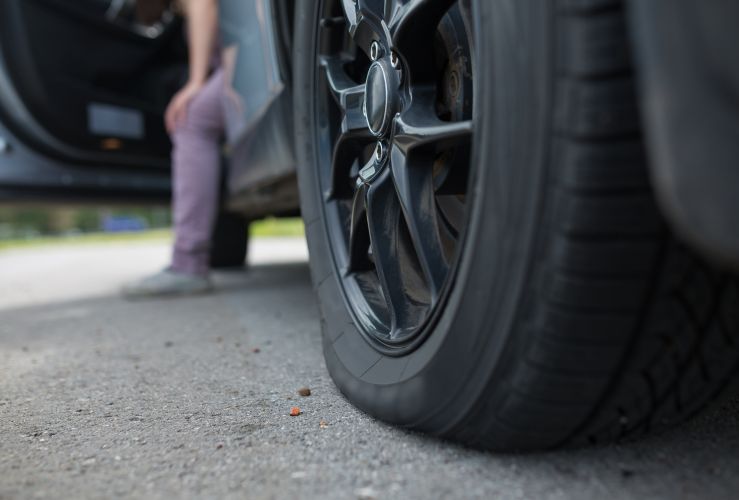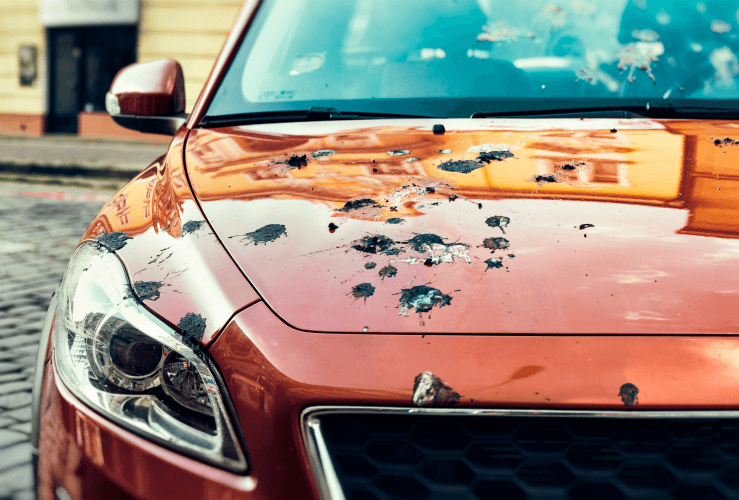Keeping your car in good working order may be far down your list of priorities amid the ongoing coronavirus pandemic, but a little time and attention spent on your vehicle could minimise the chances of a hefty repair bill later on.
Here we look at the biggest risks posed to your car while it sits idle.

Drained battery
Of all the potential issues, a drained battery is most likely. While turning over the engine once a week may slow battery drain, it won't solve the problem completely. You should consult your owner's manual (if you don’t have a hard copy you can check online) and follow the manufacturer’s guidance on how to keep your battery well-maintained. For example, the manual may suggest taking your car for a drive once or twice a week. It's critical to check your user manual to avoid damaging your car's battery/electrical system - as might happen if you remove the battery, for example.
Your manual may also suggest using a trickle charger - which keeps the battery topped up while the car is parked for long periods.
Other moving parts
Your user manual may well state that driving your car regularly will also help keep mechanical parts in good working order. If a car is standing for too long, fluid may begin to separate and oil may settle, meaning mechanical parts may dry out.
Tyre flat spots
 If your car is left standing for a long period, flat spots may develop on the tyres. This is caused by the weight of the car on a particular area of the tyres. To prevent this, your user manual may recommend driving your car regularly, since this prevents weight on particular zones of the tyres. A tyre that develops a flat spot may need to be replaced - an expensive and potentially avoidable problem.
If your car is left standing for a long period, flat spots may develop on the tyres. This is caused by the weight of the car on a particular area of the tyres. To prevent this, your user manual may recommend driving your car regularly, since this prevents weight on particular zones of the tyres. A tyre that develops a flat spot may need to be replaced - an expensive and potentially avoidable problem.
Fill up before you park up
Aim to park with a full tank of fuel, since this helps prevent condensation building up inside the tank. Equally, leaving a tank empty can cause fumes to build up to dangerous levels. You may also consider a fuel stabiliser.
Sensible long-term parking

It's wise to park on an area of tarmac if you can, or at least on gravel. Conversely, parking on a patch of dirt could result in moisture travelling up into your car's undercarriage, potentially causing corrosion. Ensure you are aware of any parking restrictions, or you could face fines/clamp release fees.
In addition, parking under a tree may result in constant drips and bird droppings, both of which can damage your vehicle's paintwork. You can help protect your car's paintwork by waxing and sealing it.
Consider investing in a car cover - it could help protect it from the elements. Just make sure it is clean, since dirt rubbing on paintwork can cause more problems than it solves.
General maintenance schedule
Aim to stay on top of your car’s maintenance schedule: top up oil and coolant as required, and check your brakes regularly. Also check your windscreen wipers are working as they should be.
Final check before driving
When the time comes to get back on the road, give your car a full visual examination to ensure it is still roadworthy, paying particular attention to tyre condition/pressure, and oil and coolant levels. And once again, check your brakes are working. Try to avoid hard braking on the first few trips.
As mentioned, check your car's user manual for manufacturer guidance on these potential issues, helping ensure you get back on the road as soon as possible when the time comes.
Does your car need repairs?
Make a list of any necessary repairs and give these to your garage. Please log in to your Customer Lounge to view special offers available to you through Halfords.




